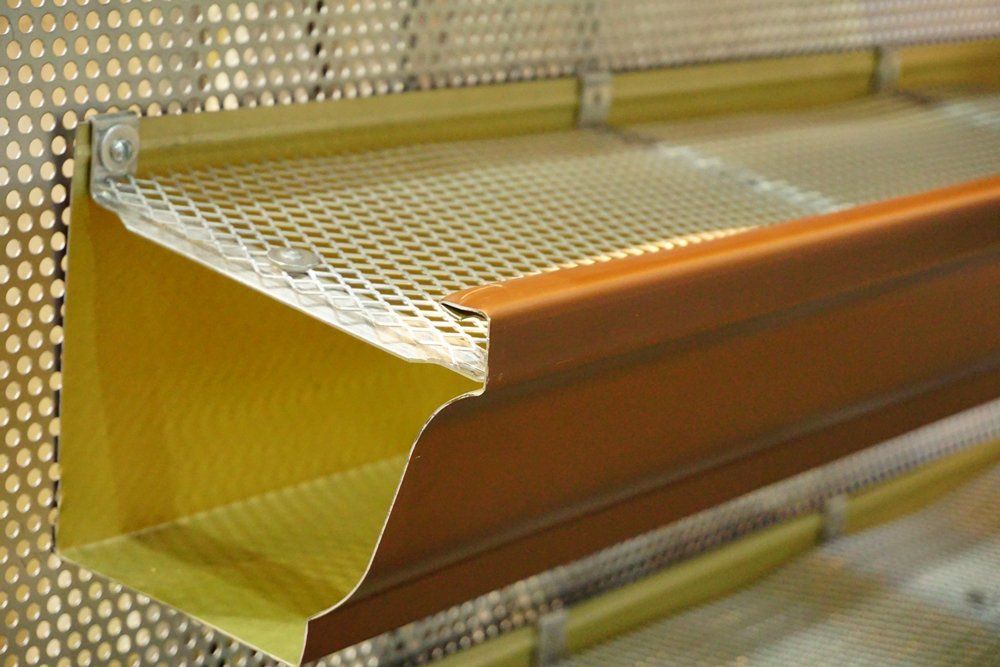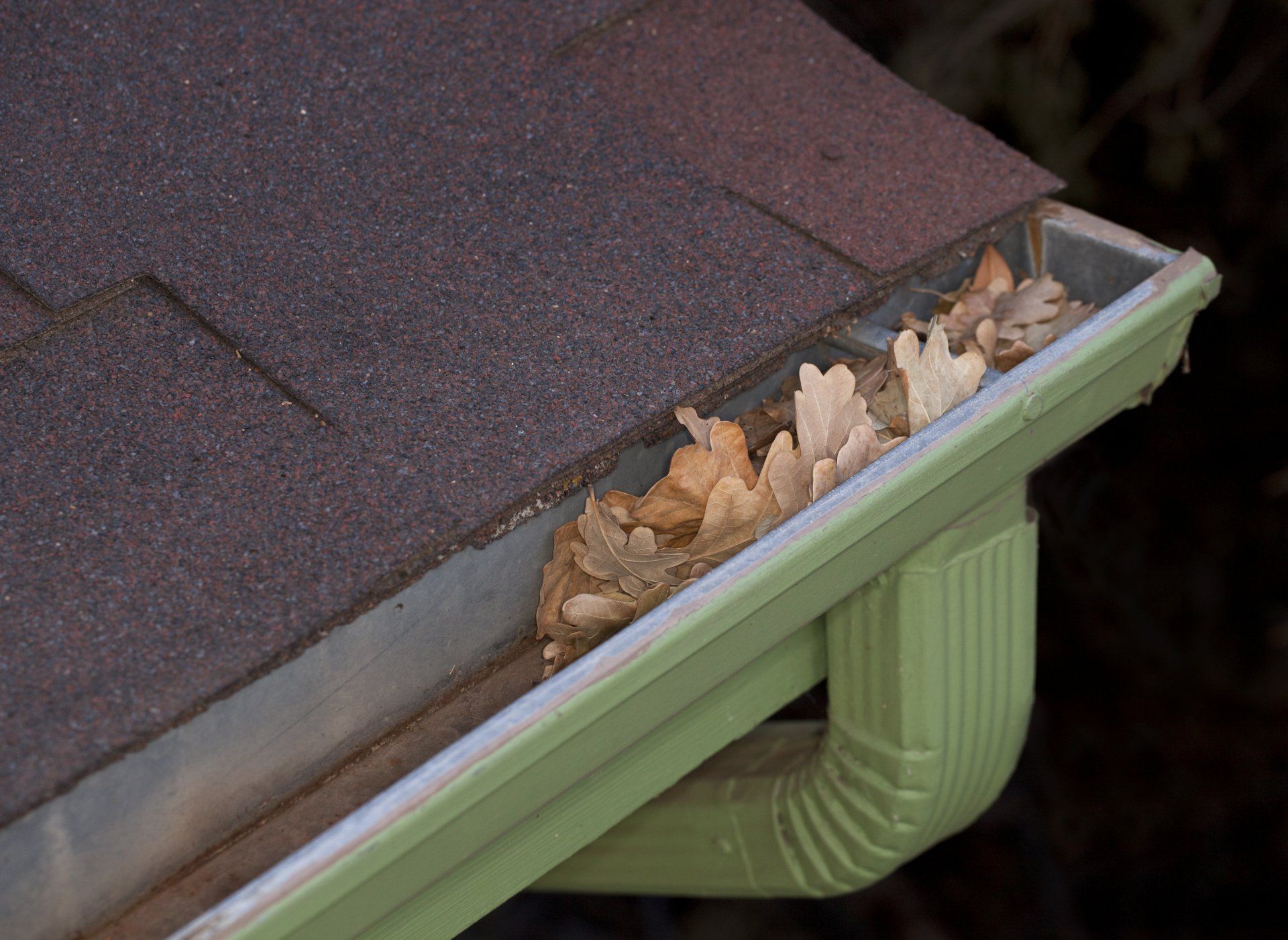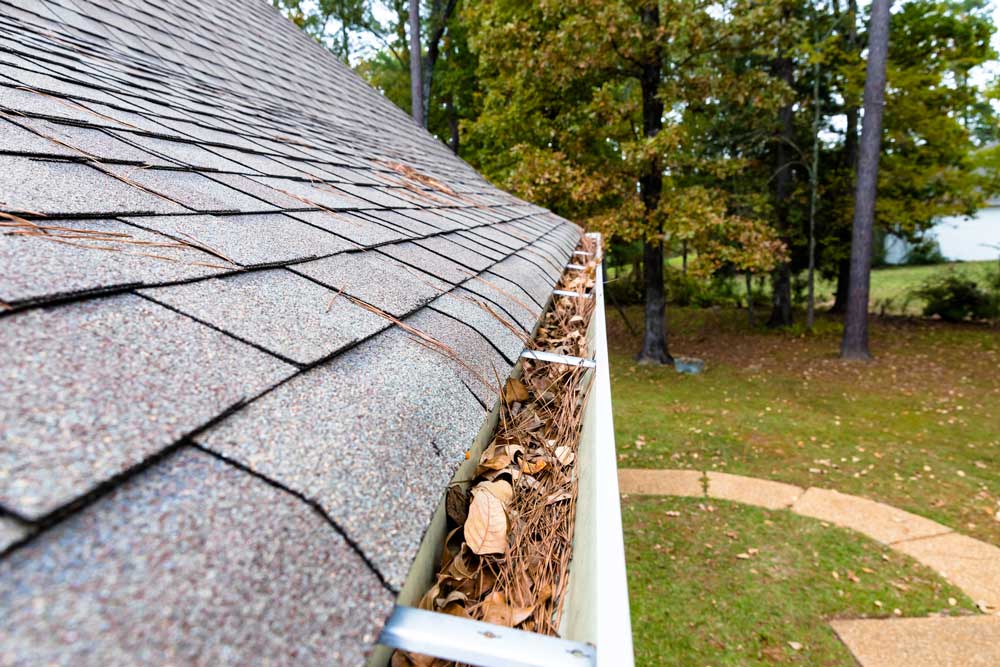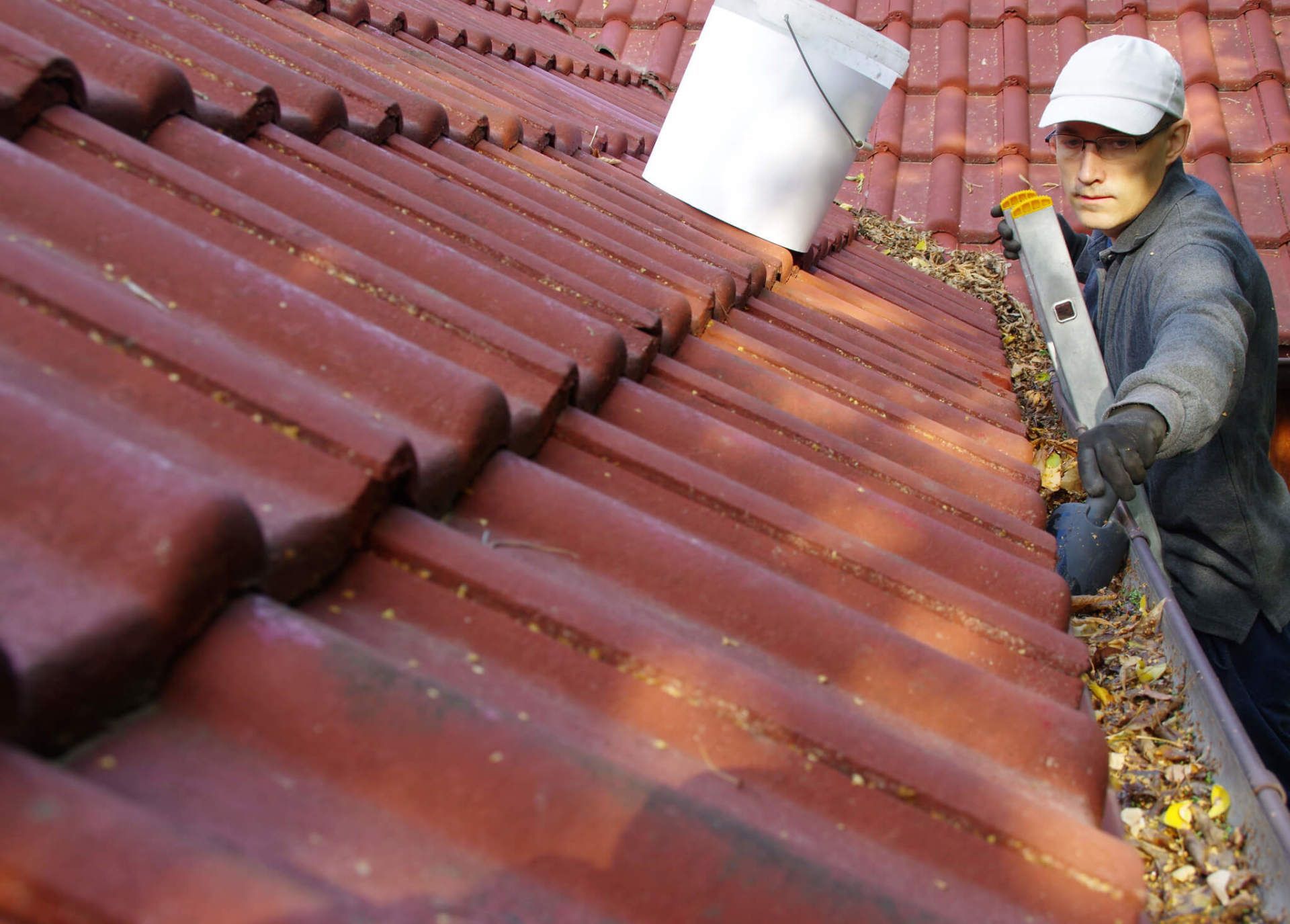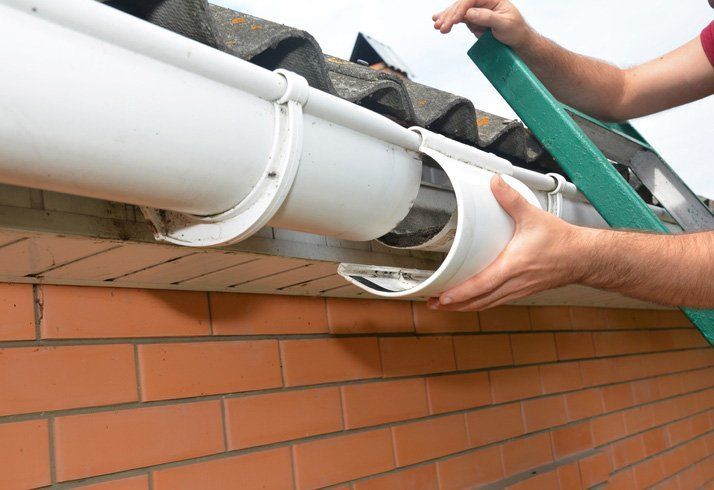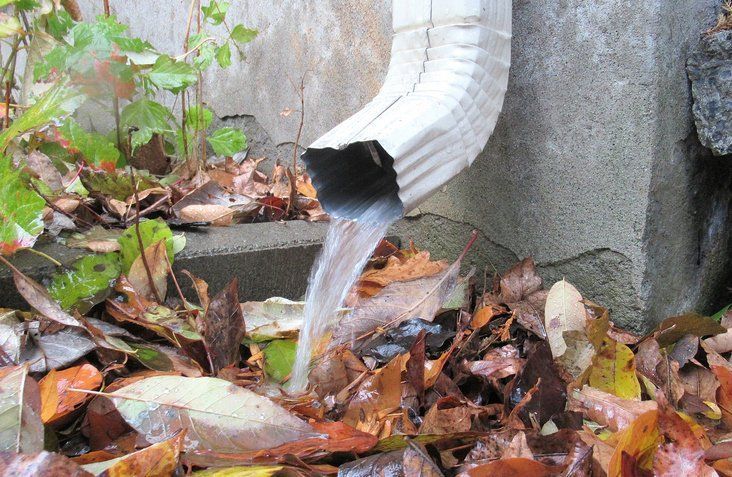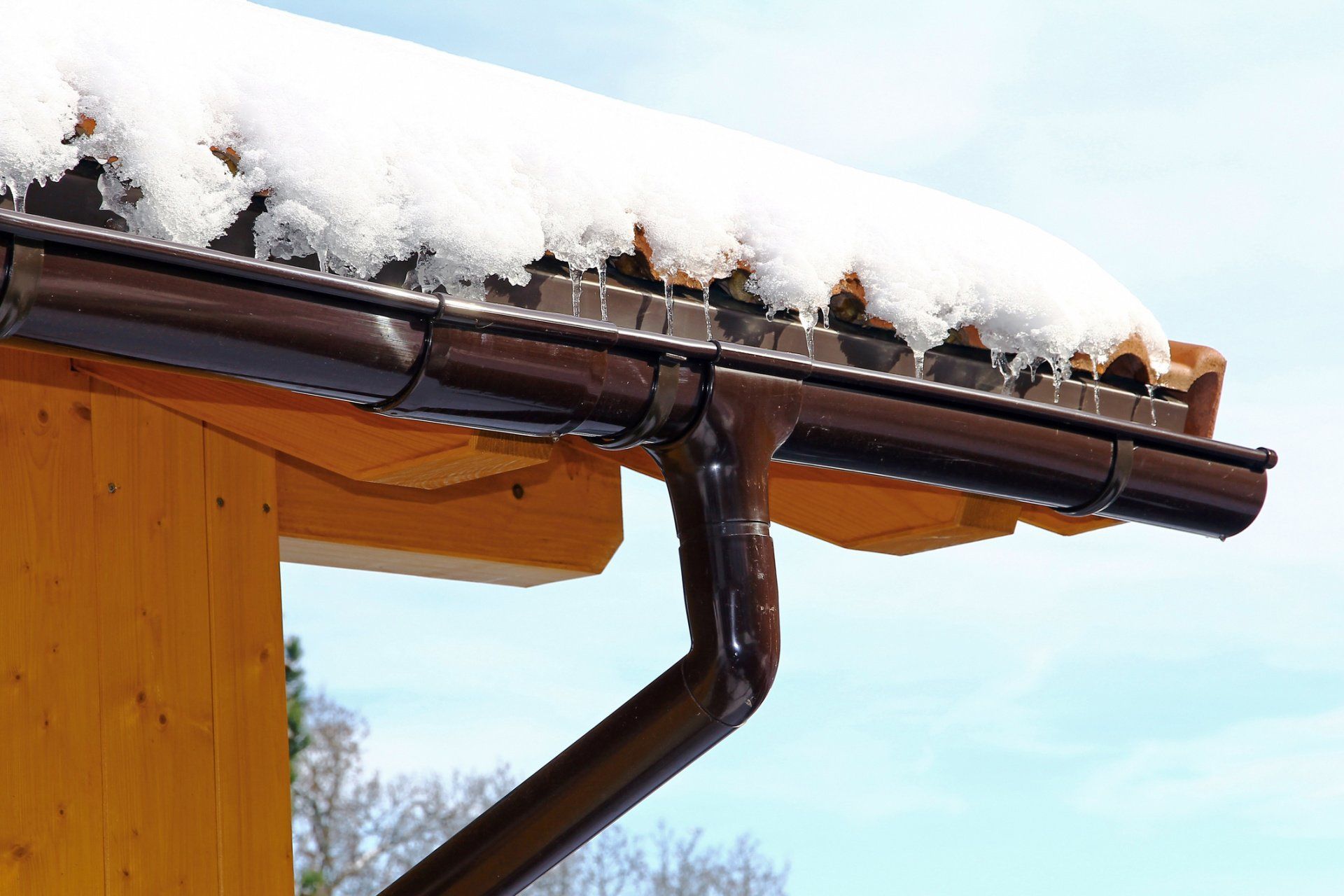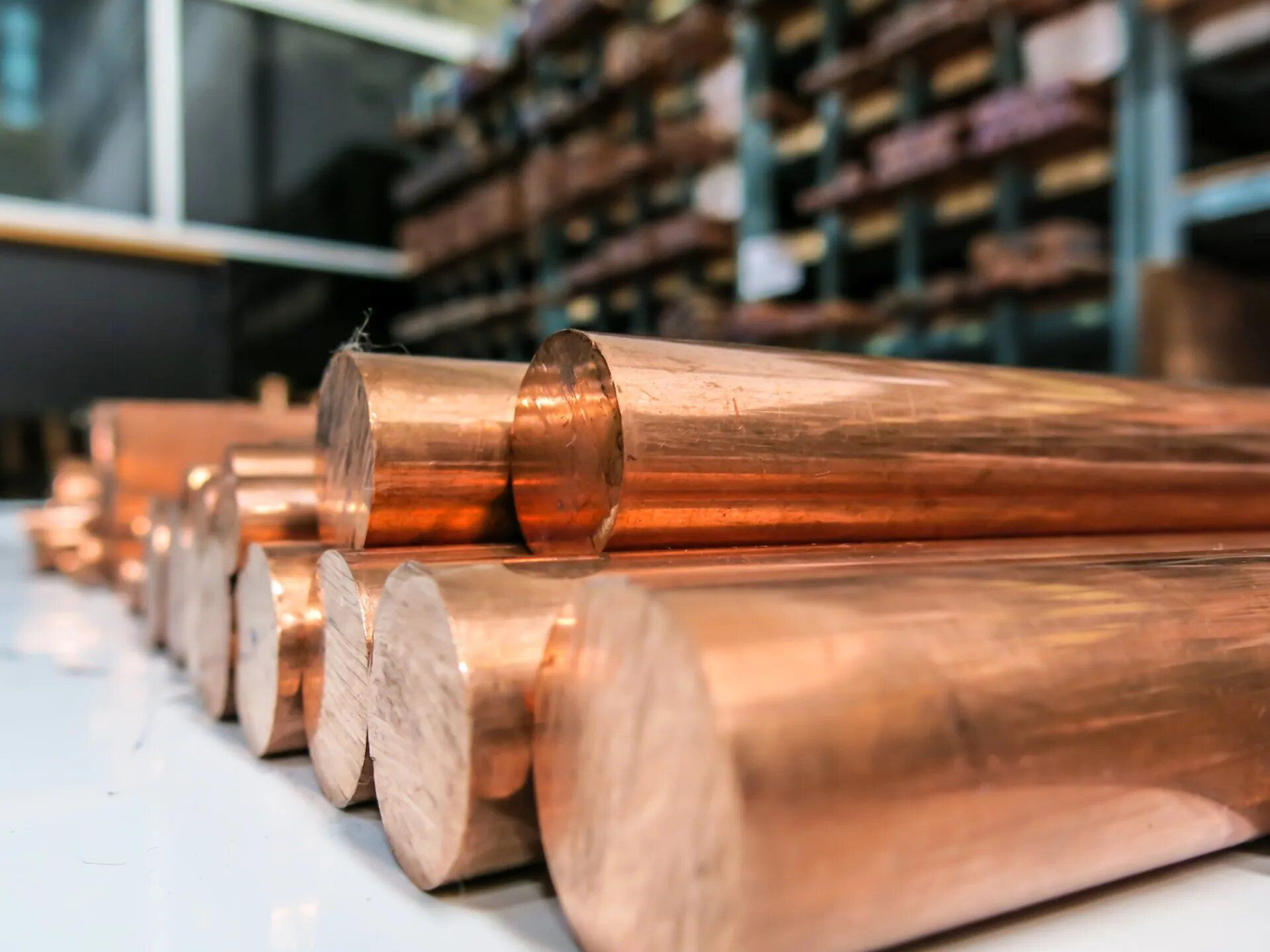3 Methods of Fastening a Metal Roof
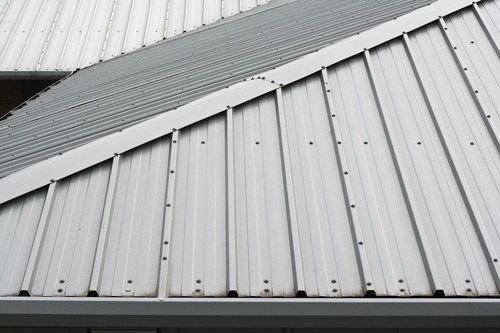
Metal roofs have gained much traction in recent years, as more and more homeowners have become aware of metal roofs' incredible attributes. From strength, durability, to overall energy efficiency, the benefits of metal roofs simply can't be denied. But those who have recently decided to upgrade to a metal roof still have some key decisions to make.
One of the most important of these decisions has to do with the method used to attach your new metal roof to the top of your home. Three main fastening styles exist today, each with its own unique set of benefits. This article takes a closer look at each of these three methods of fastening a metal roof.
1. Exposed Fasteners
The majority of metal roofs currently in use today hold themselves in place by means of mechanical fasteners - usually corrosion-resistant bolts or screws that anchor the roof in the underlying decking material. Fasteners generally fall into one of two categories: exposed or concealed.
As you can probably guess, exposed fasteners physically penetrate the top of the roofing panels. Take a trip up onto an exposed fastener metal roof and you can see rows upon rows of screw heads protruding from the panels. While some people consider exposed fasteners aesthetically displeasing, others value its many advantages.
Exposed fasteners tend to be much easier to attach - a fact that greatly cuts down on both installation time and the overall cost of the roof. More intrepid homeowners also prefer the do-it-yourself nature of exposed fasteners, as this method can be installed even by those with relatively limited metal roofing experience.
Exposed fasteners have drawbacks as well. For one thing, the fasteners experience more wear and tear, given their exposure to the elements. This exposure increases the threat of corrosion. Exposed fasteners also increase the risk of leaks, since there must be holes that pass through the panels. If fasteners become excessively damaged, water may find a way to penetrate beneath the roof.
2. Concealed Fasteners (Standing Seam Roof)
Manufacturers and contractors usually refer to concealed fastener systems as standing seam roofs. Unlike an exposed fastener roof, a standing seam roof does not have fasteners that pass through the metal panels themselves. Instead, contractors use fasteners to attach special clips to the roof deck.
The metal roofing panels then attach to these clips - and to each other - in such a way that the surface of the roof remains completely smooth. This type of system greatly reduces the chances of both fastener corrosion and roof leaks. In addition, the sleek profile of a sanding seam roof adds a degree of curb appeal far beyond that of exposed fastener roofs.
That said, standing seam roofs tend to come with significantly higher price tags. This increased cost reflects the greater degree of difficulty involved in attaching the panels. Of course, since standing seam roofs experience fewer problems as time goes on, they often come with longer warranty periods.
3. Concealed Adhesive
Recently, a new type of metal roofing system has entered the market - one that forgoes fasteners altogether. Instead, heavy-duty adhesives hold the metal panels tightly to the roof deck. Like standing seam roofs, concealed adhesive roofs present a smooth and sleek outer surface - one free from penetrations or unsightly screw heads.
While the idea of gluing your roof in place may not fill you with confidence, concealed adhesive roofs have been proven to hold up to the some of the most brutal conditions. In fact, certain varieties of concealed adhesive roofs have managed to meet the state of Florida's stringent requirements, passing high velocity hurricane zone tests without problem.
Despite their higher initial costs, metal roofs continue to payback your investment as the years go on. For more information about the best way to attach a metal roof to your home, please contact the roof and gutter professionals at Rain-Flow Systems, LLC.


